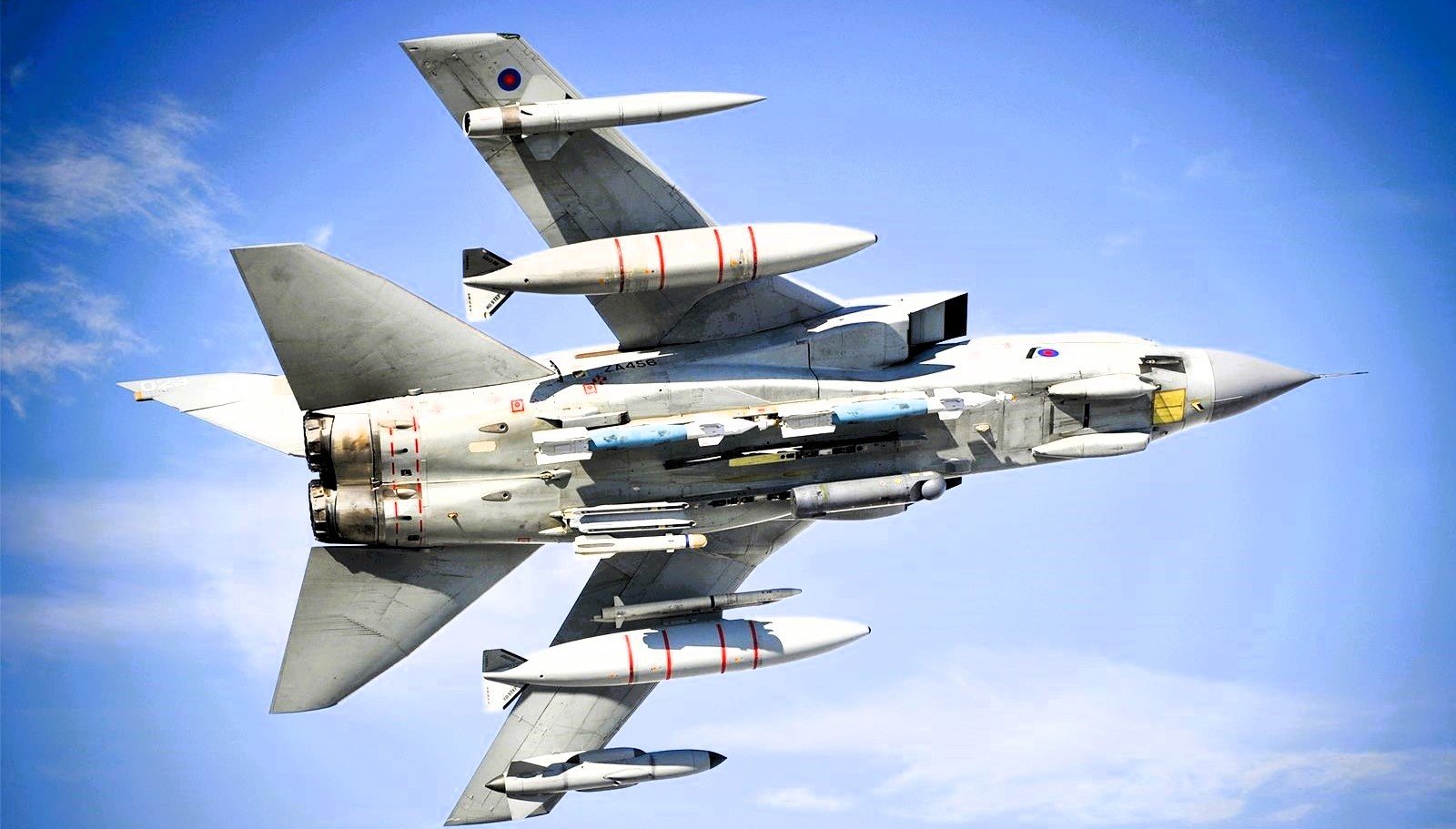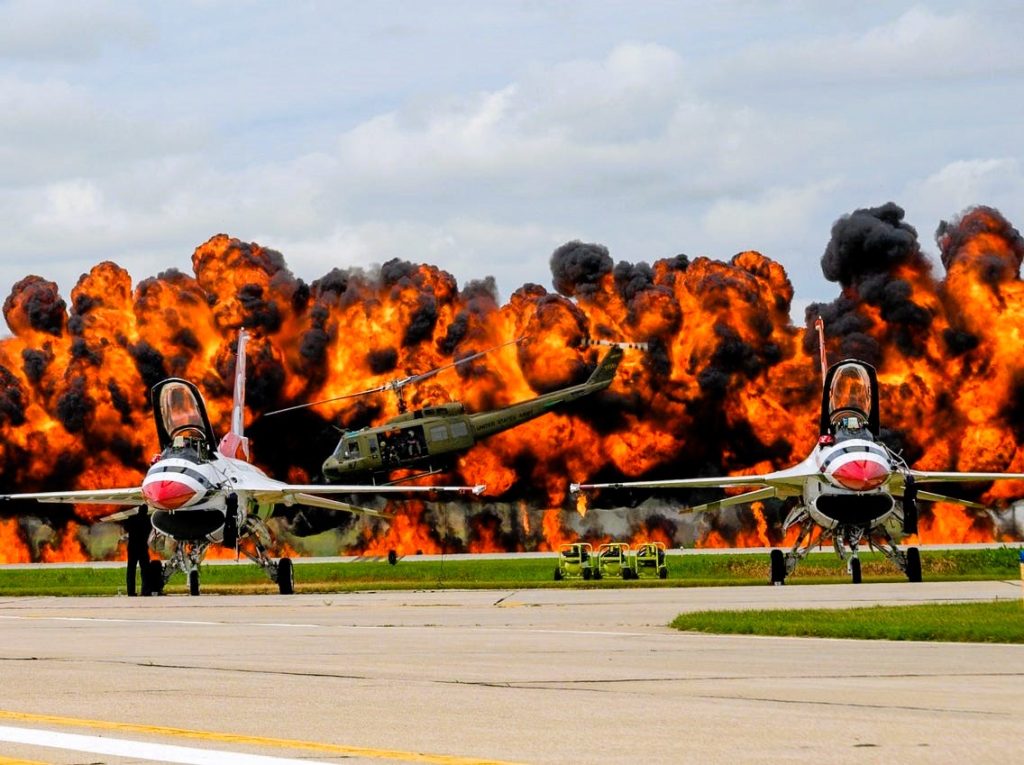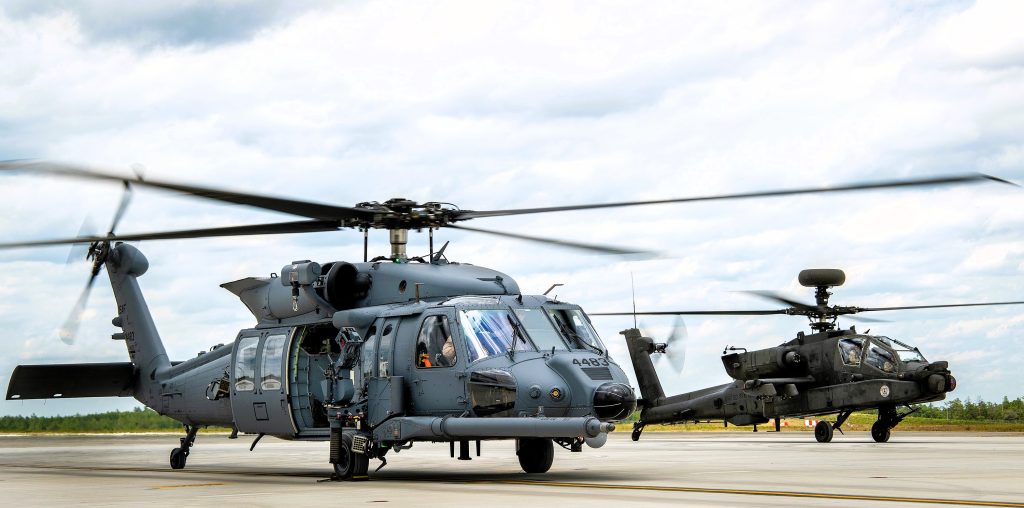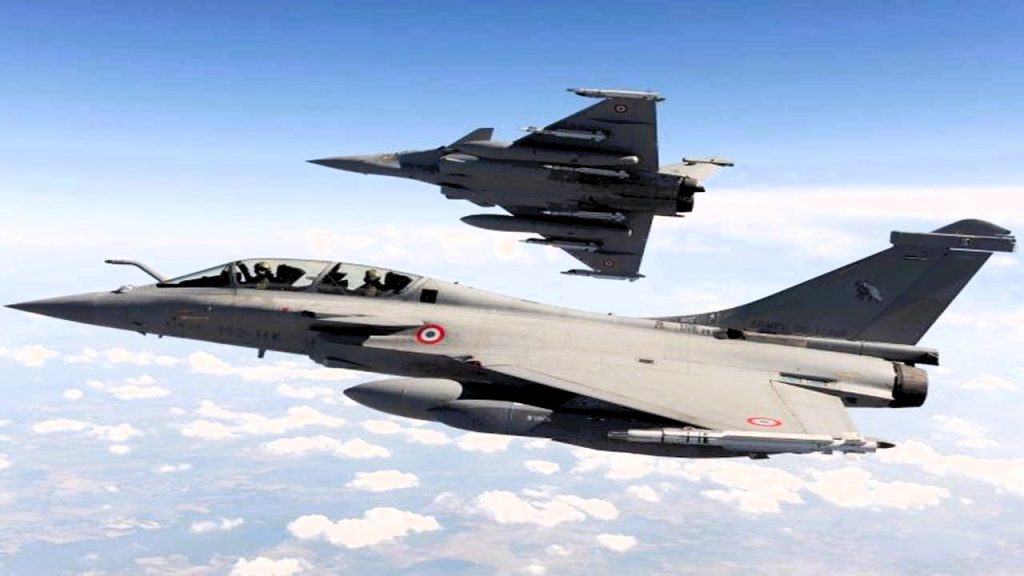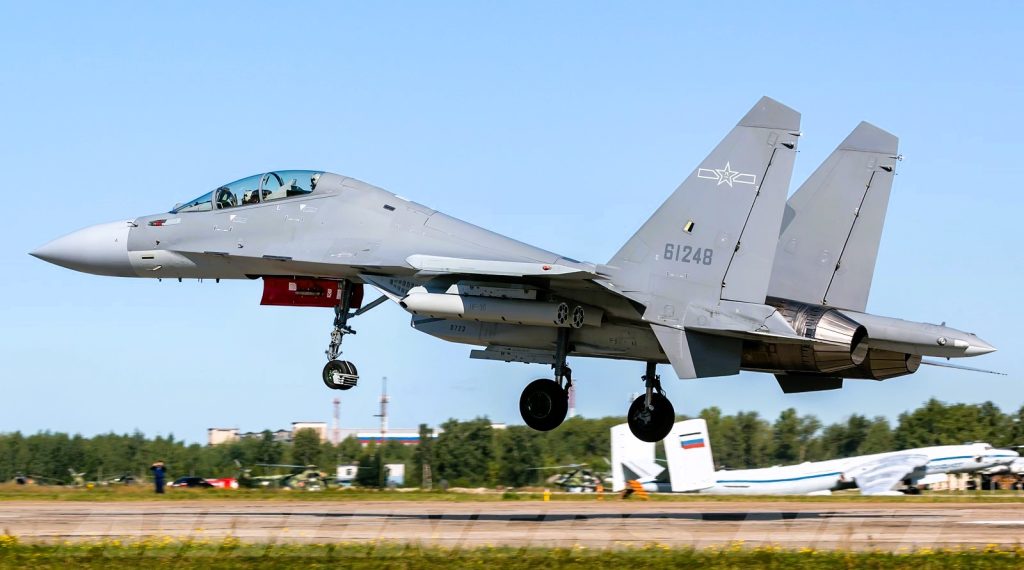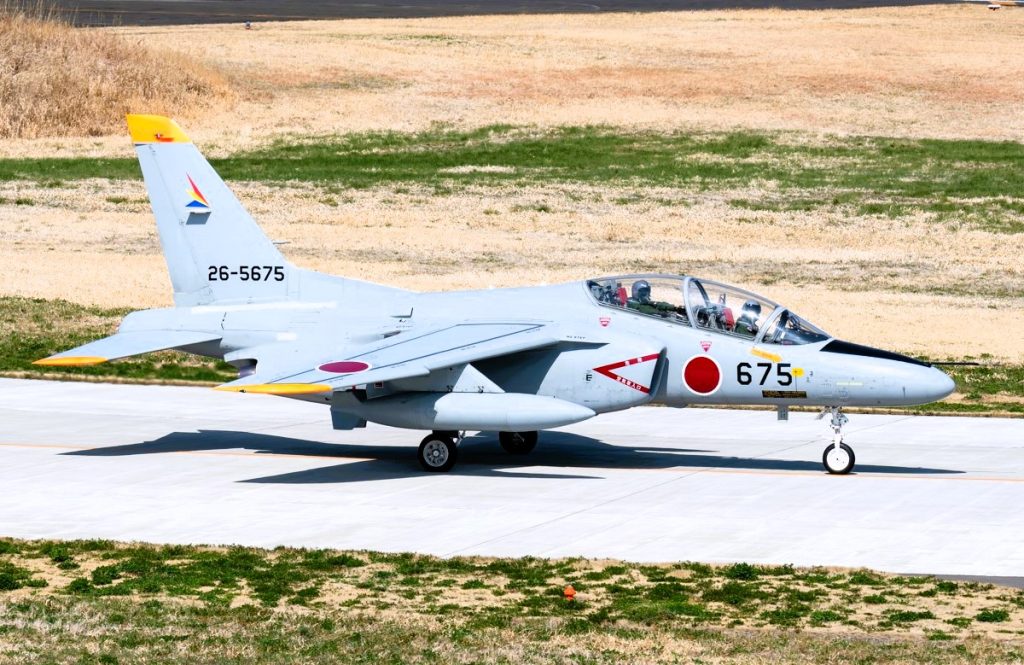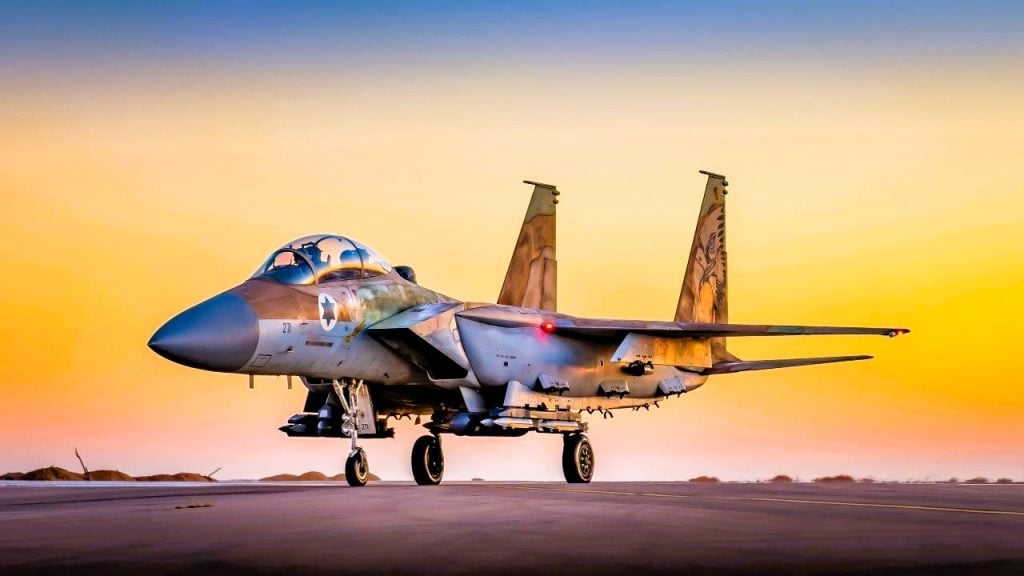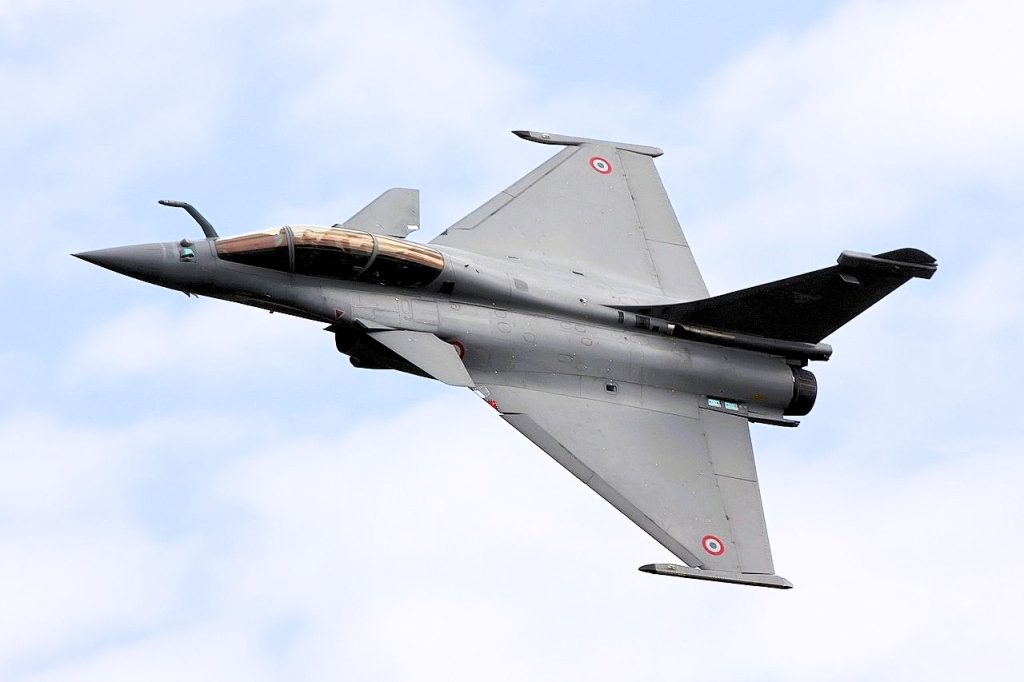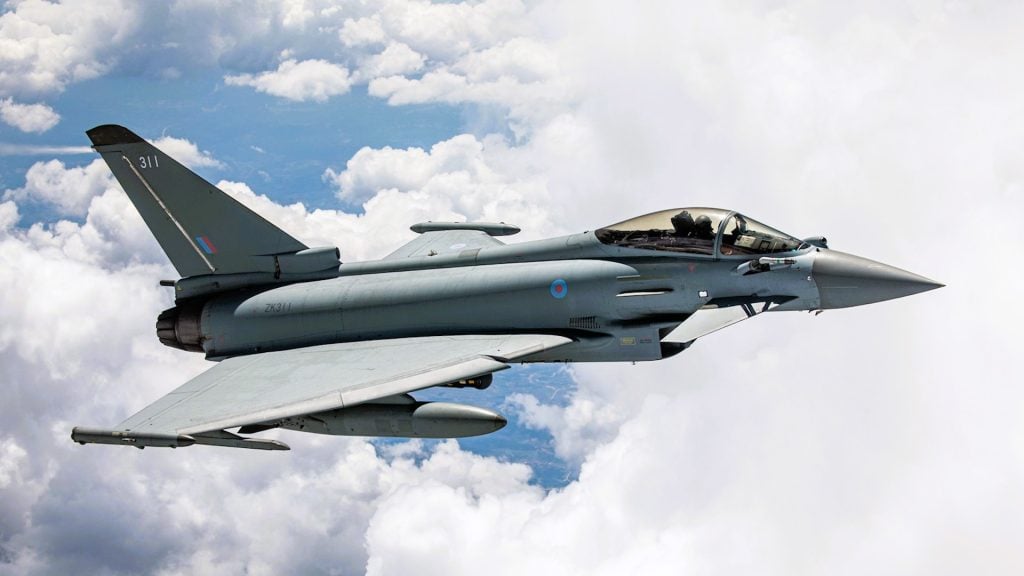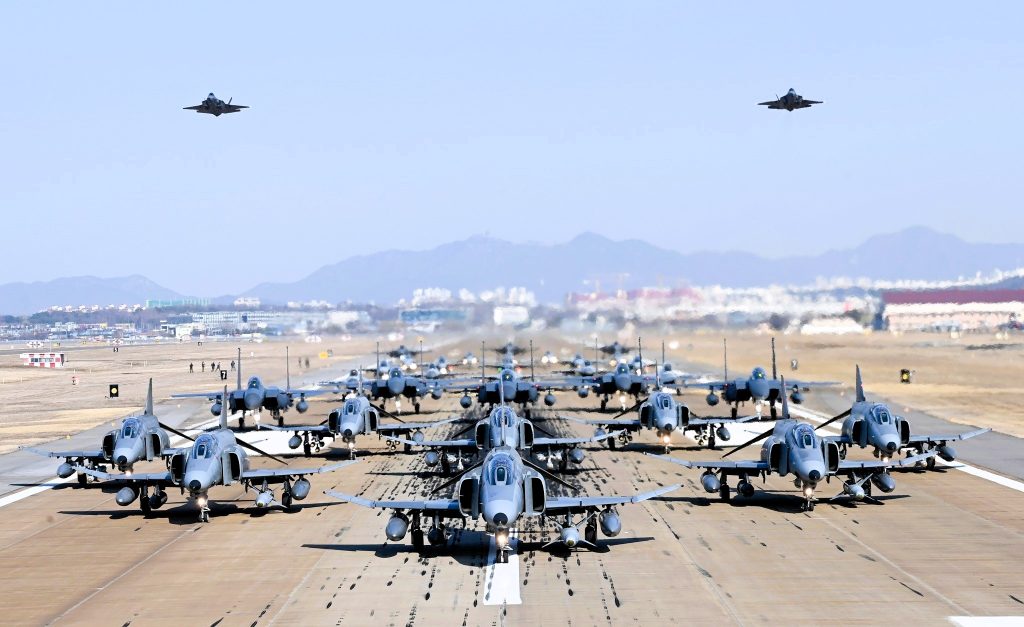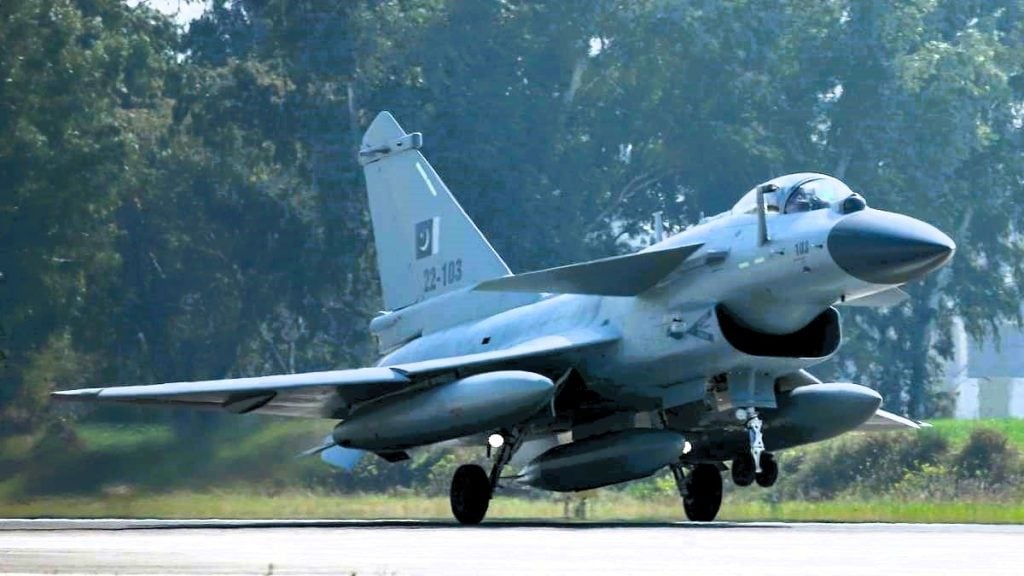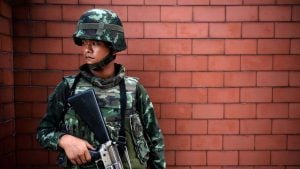In an era of heightened global tensions and rapidly evolving military technology, the strength and capabilities of a nation’s air force have become a crucial determinant of its overall military prowess and international influence. Fighter jets, with their unparalleled speed, firepower, and versatility, have emerged as the cornerstone of modern air warfare, capable of safeguarding a country’s sovereignty, deterring potential aggressors, and providing vital support to ground operations.
As the world’s geopolitical landscape continues to shift, it has become increasingly important for nations to maintain a robust and technologically advanced air force to ensure their security and project their power on the global stage. This comprehensive analysis delves into the intricate details of the Powerful Air Forces In The World, providing a detailed ranking and assessment of their capabilities, strengths, and strategic significance.
Top 10 Missiles of Indian Armed Forces
1. The United States Air Force
Topping the list of the world’s most powerful air forces is the United States Air Force (USAF), a military aviation behemoth that has long been the benchmark for global air superiority. With a staggering fleet of over 5,200 active aircraft, the USAF boasts an unparalleled array of cutting-edge fighter jets, bombers, and support aircraft that have been instrumental in shaping the outcome of numerous conflicts around the world.
The USAF’s technological prowess is further bolstered by its extensive arsenal of advanced weaponry, including the formidable AH-64 Apache attack helicopters and the MQ-1C Gray Eagle drones, which have proven their lethality in various combat operations. Additionally, the USAF’s commitment to continuous modernization and the development of next-generation platforms, such as the F-35 Lightning II, ensures that it remains at the forefront of air power innovation.
2. The Resurgent Russian Air Force
Despite the significant downsizing of its forces following the collapse of the Soviet Union, the Russian Air Force has undergone a remarkable resurgence in recent years, solidifying its position as the second-most powerful air force in the world. Boasting a formidable fleet of over 3,000 strategic bombers and 4,500 fighter jets, the Russian Air Force has demonstrated its prowess in high-speed warfare and robust military air defense strategies.
The Russian Air Force’s arsenal includes a diverse range of cutting-edge combat aircraft, such as the Mikoyan MiG-31 “Foxhound,” the Sukhoi Su-24 “Fencer,” and the Sukhoi Su-25 “Frogfoot,” all of which have earned a reputation for their exceptional performance and capabilities. Moreover, the Russian Air Force’s continued investment in advanced surface-to-air missile systems and its focus on developing next-generation platforms have further bolstered its defensive and offensive capabilities.
3. The Indian Air Force
Emerging as the third-strongest air force in the world, the Indian Air Force (IAF) has carved out a reputation for its combat prowess, technological advancements, and unwavering commitment to safeguarding the nation’s airspace. With a fleet of over 1,850 aircraft, including state-of-the-art fighter jets like the Rafale, Sukhoi, and the indigenously developed HAL Tejas, the IAF has demonstrated its ability to deter potential aggressors and project India’s military might on the global stage.
The IAF’s success can be attributed to its rich history of participation in major conflicts, such as the Indo-Pakistani Wars and Operation Vijay, where it has consistently proven its mettle. Additionally, the force’s emphasis on modernization, the development of indigenous platforms, and the integration of cutting-edge technologies have further strengthened its operational capabilities and readiness.
4. The Chinese Juggernaut
Boasting a formidable air fleet of over 3,285 military aircraft, the Chinese People’s Liberation Army Air Force (PLAAF) stands as the fourth-most powerful air force in the world. With a substantial personnel strength of approximately 330,000, the PLAAF has undergone a remarkable transformation over the past two decades, emerging as one of the most rapidly developing air forces globally.
The PLAAF’s arsenal includes a diverse range of advanced fighter jets, including the Chengdu J-20 and the Shenyang J-16, which have been designed to challenge the dominance of Western-made aircraft. Additionally, the force’s continued investment in cutting-edge technologies, such as stealth capabilities and long-range strike platforms, has further bolstered its ability to project power and assert China’s regional influence.
5. The Japan Air Self-Defense Force
Despite the constitutional constraints imposed on its military capabilities, the Japan Air Self-Defense Force (JASDF) has emerged as a formidable air power, ranking fifth in the world. With a fleet of over 745 aircraft, including advanced fighter jets like the F-15J/DJ, F-2A/B, and the F-35A/B, the JASDF has demonstrated its commitment to defending Japan’s airspace and maintaining regional stability.
While the JASDF’s primary focus has been on air-to-air, anti-surface ship, and anti-submarine capabilities, the force has also participated in various United Nations peacekeeping missions, showcasing its versatility and professionalism. As Japan continues to grapple with evolving security challenges, the JASDF is poised to play an increasingly vital role in the country’s defense strategy, particularly with the planned transition to the Japan Air and Space Self-Defense Force in 2023.
6. The Israeli Air Force
The Israeli Air Force, often referred to as the “Air and Space Arm,” has long been recognized as one of the world’s most formidable and technologically advanced air forces. Ranked sixth globally, the Israeli Air Force has built a reputation for its exceptional combat capabilities, advanced aircraft, and highly trained pilots.
Bolstered by a fleet of modern, American-designed fighter jets like the F-15I and F-16I, the Israeli Air Force has further enhanced its unique capabilities by integrating cutting-edge electronic systems and weaponry. This combination of advanced platforms and specialized modifications has enabled the Israeli Air Force to maintain a distinct edge in aerial warfare, as demonstrated in its successful operations and engagements over the years.
7. The French Air and Space Force
Seventh on the list of the world’s most powerful air forces is the French Air and Space Force, a military aviation arm with a rich history dating back to its establishment in 1909. Although operating a relatively smaller fleet compared to the United States and British forces, the French Air and Space Force has consistently proven its capabilities through the deployment of highly advanced and modern equipment.
Boasting a strength of over 40,500 active-duty personnel and a fleet of 1,057 aircraft, including the formidable Dassault Mirage 2000 and Dassault Rafale fighter jets, the French Air and Space Force has played a crucial role in various military operations and conflict scenarios. The force’s commitment to technological innovation and the development of domestic aircraft platforms, such as the Dassault Rafale, has further solidified its position as a global air power.
6 Toughest Special Forces Fitness Tests in the World 2024
8. The British Royal Air Force
Recognized as the world’s oldest air force, the British Royal Air Force (RAF) has long been an integral component of the United Kingdom’s military might. Ranked eighth on the list of the world’s most powerful air forces, the RAF has earned a reputation for its strategic bombing capabilities and the deployment of technologically advanced aircraft.
With a fleet of 832 operational aircraft and a personnel strength of over 33,200 active-duty members, the RAF has maintained its status as a leading global air power. The force’s commitment to modernization and the integration of cutting-edge platforms, such as the Eurofighter Typhoon and the F-35 Lightning II, have further bolstered its operational capabilities and readiness.
9. The South Korean Air Force
Emerging as the ninth-most powerful air force in the world, the South Korean Air Force, also known as the Republic of Korea Air Force (ROKAF), has undergone a remarkable transformation over the years, showcasing its growing prowess and regional significance.
With a fleet of 740 aircraft, including advanced fighter jets like the F-5E, F-4E, and the indigenously developed FA-50, the ROKAF has demonstrated its ability to counter potential threats and maintain air superiority in the Asia-Pacific region. The force’s participation in various international conflicts, such as the Vietnam War and the Persian Gulf War, has further solidified its reputation as a capable and experienced air power.
10. The Pakistan Air Force
Rounding out the list of the world’s top 10 most powerful air forces is the Pakistan Air Force, a regional military aviation arm that has built a formidable reputation for its combat capabilities and air defense strategies. Ranked tenth globally, the Pakistan Air Force operates a diverse fleet of aircraft, including the American-made F-16 Fighting Falcon, as well as Chinese-made Chengdu J-7 fighters and French-made Mirage 3 and Mirage 5 jets.
The Pakistan Air Force’s focus on maintaining a balance of power and countering potential threats from its adversaries, particularly India, has been a driving force behind its continued investment in advanced air defense systems and the modernization of its aircraft fleet. The force’s participation in various regional conflicts has further honed its skills and reinforced its status as a significant regional air power.
10 Powerful Countries In The World 2024
Conclusion
As the world grapples with an increasingly complex geopolitical landscape, the importance of maintaining a robust and technologically advanced air force has never been more crucial. The comprehensive analysis presented in this article has shed light on the intricate details and strategic significance of the world’s most powerful air forces, underscoring their pivotal role in shaping the global security landscape.
From the unparalleled dominance of the United States Air Force to the resurgent might of the Russian Air Force, and the ascending prowess of the Indian Air Force, the ranking of these formidable air powers highlights the dynamic nature of modern air warfare and the constant need for nations to adapt and innovate in order to maintain their strategic edge.
As the global community continues to navigate the ever-evolving challenges of the 21st century, the world’s leading air forces will undoubtedly play a critical role in safeguarding national interests, deterring aggression, and promoting international stability. By closely monitoring the developments and advancements within these air forces, decision-makers and defense enthusiasts can gain valuable insights into the shifting balance of power and the future of air superiority.
FAQs
1. Which countries have the most powerful air forces in the world?
Countries with the most powerful air forces include the United States, Russia, China, India, and the United Kingdom. These nations have advanced aircraft, significant numbers of military personnel, and substantial defense budgets.
2. What makes an air force powerful?
A powerful air force typically has a combination of advanced technology, a large fleet of various types of aircraft (fighters, bombers, transport, etc.), highly trained personnel, efficient logistics, and substantial funding. Strategic capabilities, such as nuclear deterrence and global reach, also contribute to an air force’s power.
3. Are there any other notable air forces?
Yes, other notable air forces include those of France, Japan, Germany, and Israel. These countries have modern fleets, advanced technology, and significant strategic capabilities.
4. How do these air forces contribute to global security?
Powerful air forces contribute to global security by maintaining air superiority, providing strategic deterrence, participating in international coalitions, conducting surveillance and reconnaissance, and engaging in humanitarian missions. Their capabilities help to deter aggression and maintain stability in various regions around the world.
5. How is air force power measured?
Air force power is measured by factors such as the number and capability of aircraft, technological advancements, operational readiness, strategic reach, and the ability to sustain long-term operations. Additionally, factors like pilot training, maintenance efficiency, and logistical support play crucial roles.
